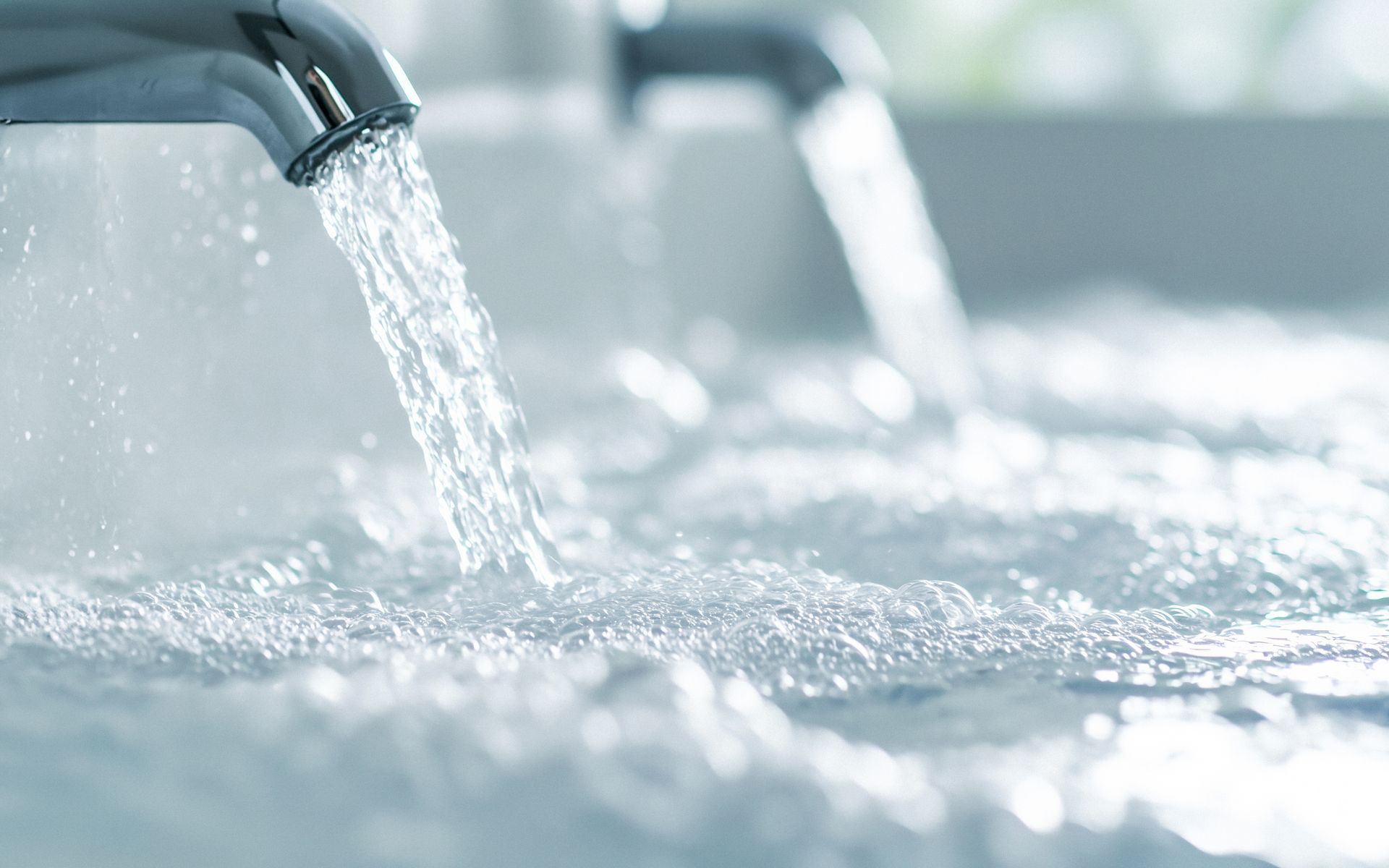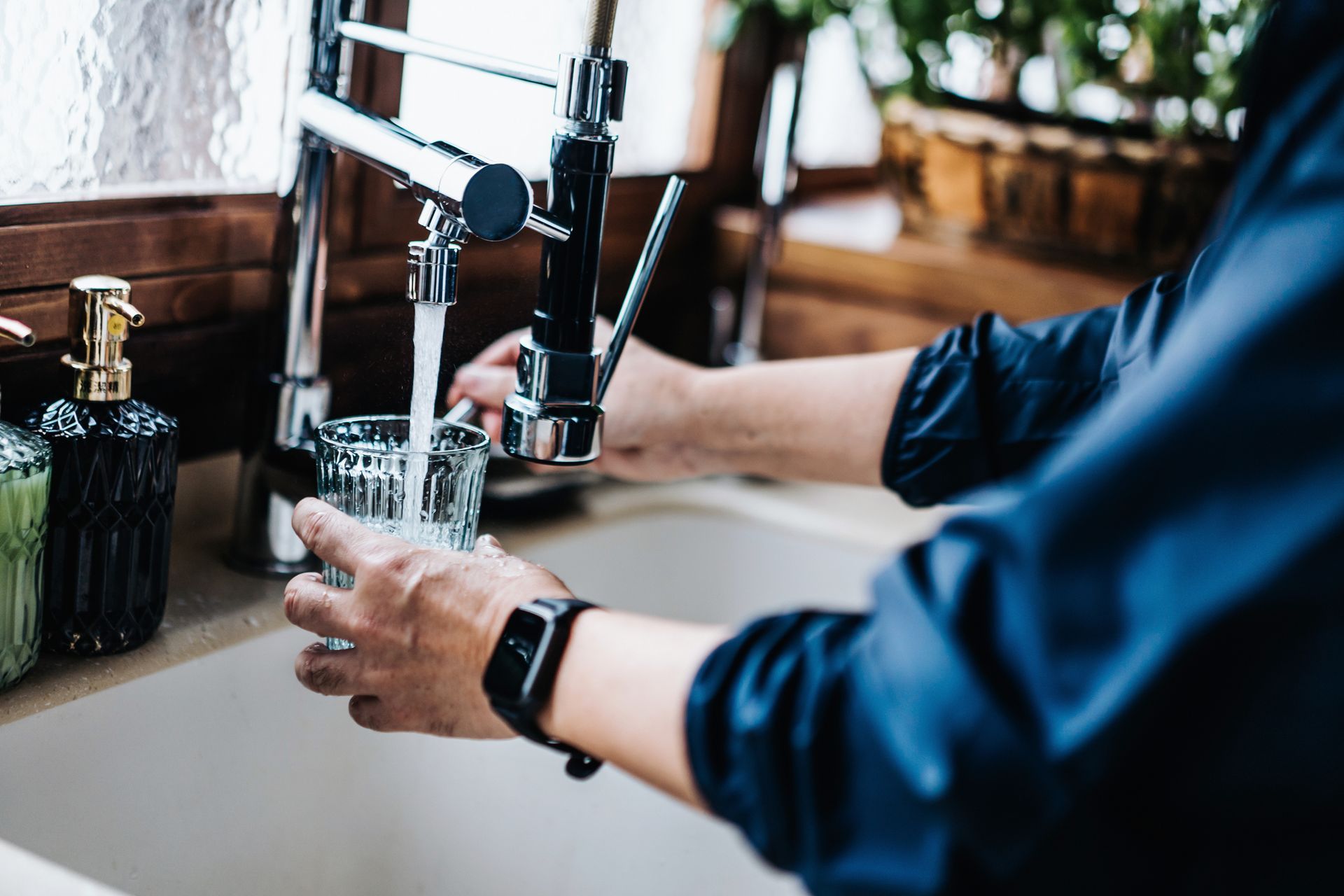Water treatment, water testing, well drilling and hydro-fracking services for VT, NH, and MA.
Do you need emergency well water service?
How Does a Well Water System Work
A well water system uses underground water sources to provide your home with clean water. It involves components like the well pump and pressure tank working together seamlessly. In this article, we’ll break down how does a well water system work and explain its main parts.
Key Takeaways
- Well water systems provide a reliable, independent water supply, utilizing components like pumps and pressure tanks to deliver clean water to households.
- Understanding the journey of well water from aquifers and the role of key components, such as well casings and filtration systems, is essential for maintaining water quality.
- While well water offers benefits like cost savings and independence from municipal supplies, potential drawbacks like contamination and hard water can be managed with regular testing and proper maintenance.
Understanding Well Water Systems
Well water systems have stood the test of time, evolving from ancient methods to the sophisticated systems we use today. Unlike municipal water supplies, which can be vulnerable to infrastructure failures and natural disasters, well water systems offer a resilient and independent water supply. Approximately 15% of Americans rely on well water, a testament to its reliability and importance.
A properly functioning well water system ensures that your household has a steady supply of clean water, free from the dependencies of city water systems. However, maintaining this reliability requires familiarity with the inner workings of your well system.
From the well pump to the pressure tank, each component plays a crucial role in delivering fresh water to your home. Understanding the source of this water and its journey to your faucets is crucial.
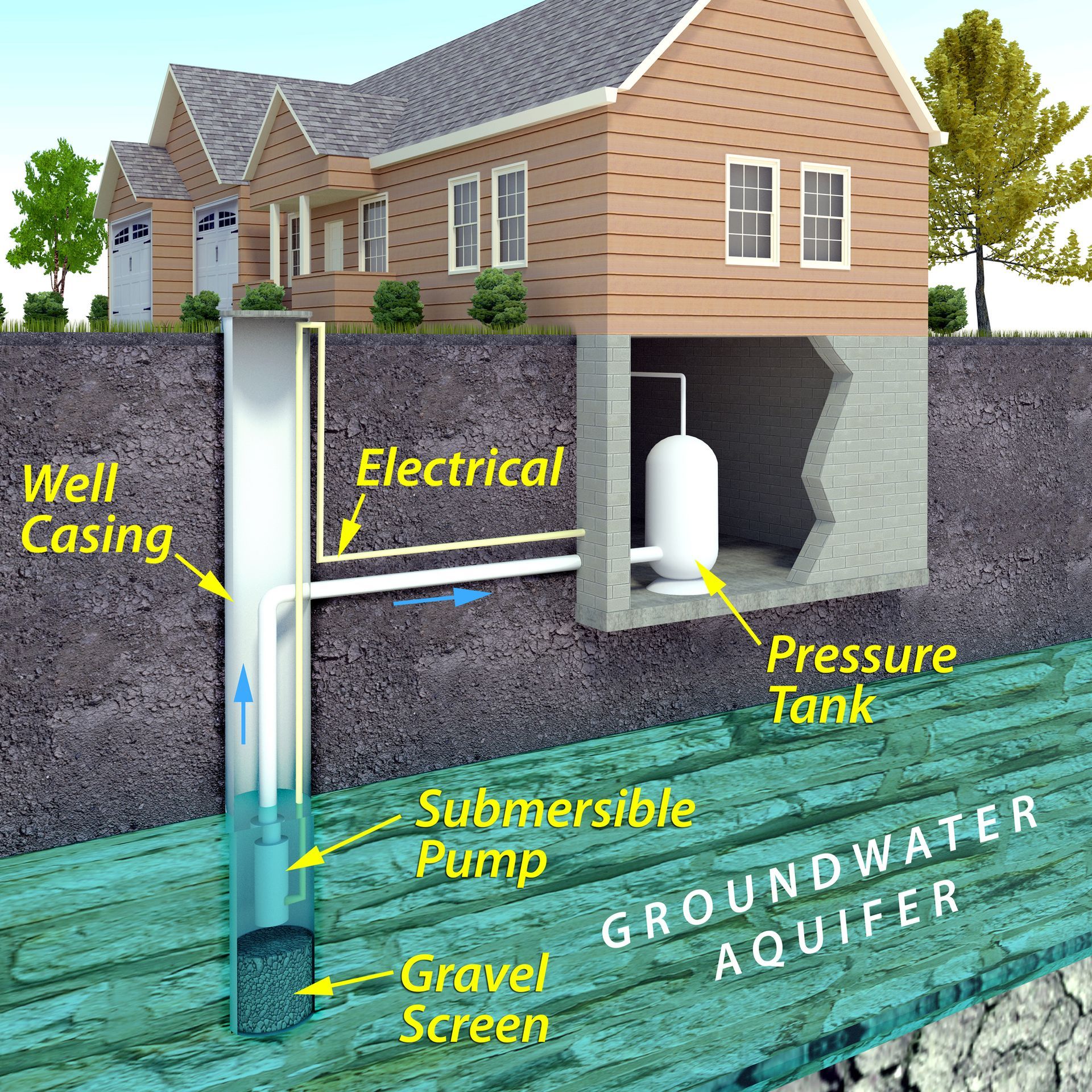
Where Does Well Water Come From?
The journey of well water begins far beneath the earth’s surface, in vast underground reservoirs known as aquifers. These aquifers are replenished by precipitation that seeps through the soil and rock, a process known as recharge. The water table, which is the upper boundary of these saturated zones, fluctuates with the seasons and local water usage.
When you draw water from a well, you’re tapping into these underground sources. The well pump and casing work together to bring this water to the surface, ensuring it’s free from surface contaminants and ready for use.
Artesian wells, in particular, rely on geological pressure to naturally push water upwards, making them a unique and efficient source of fresh water. Understanding this journey helps appreciate the intricate balance of nature and technology in every drop of well water.
Key Components of a Well Water System
A well water system is a marvel of engineering, composed of several vital components that ensure a steady and safe water supply. These include:
- the well casing
- well cap
- well screen
- pitless adapter
- submersible pump
- jet pump
Each part has a specific role, from preventing contamination to ensuring efficient water flow.
Let’s explore these components to understand how they work together to deliver fresh water to your home.
Well Casing
The well casing is the backbone of your well, providing structural support and preventing contaminants from entering the water supply. Typically made from durable materials like PVC or carbon steel, the casing extends deep into the ground, ensuring the well remains intact.
In regions like South Carolina, regulations require a minimum length of 15 feet for well casings to ensure safety and effectiveness.
Grouting around the casing further protects against debris and excess water infiltration.
Well Cap
The well cap is a small but crucial component, sealing the well opening to keep out debris, small animals, and contaminants. Made from materials like aluminum or plastic, well caps are designed to be durable and often include a vent to equalize pressure within the well.
This simple yet effective barrier ensures that your well water remains clean and safe from external pollutants.
Well Screen
Well screens are integral to the filtering process, preventing sand, gravel, and other sediments from entering the water supply while allowing groundwater to flow through. These screens are typically placed at the bottom of the well casing, ensuring that only clean water is drawn from the aquifer.
This initial filtration step is crucial for maintaining water quality and protecting the well system from clogging.
Pitless Adapter
A pitless adapter is essential for connecting the water pipe to the well below the frost line, ensuring a frost-proof seal that prevents freezing during cold weather. This component is vital for maintaining a continuous water supply in regions with harsh winters, as it prevents disruptions caused by frozen pipes.
The pitless adapter ensures a secure connection, contributing significantly to the efficiency of a well water system.
Submersible Pump
Submersible pumps are commonly used in deep and private wells due to their efficiency and reliability in drawing water from significant depths. Installed several feet below ground, these pumps can last up to 25 years, ensuring a long-term water supply for your home.
Their submerged position allows them to push water upwards with greater force, making them ideal for wells where water needs to be lifted over long distances.
Jet Pump
Jet pumps are typically used for shallow wells, which are less than 30 feet deep. Unlike submersible pumps, water pump jet pumps are installed above ground and use suction to draw water from the well.
In regions where groundwater is near the surface, these pumps effectively extract water, ensuring a steady supply for homes with well pumping shallow wells.
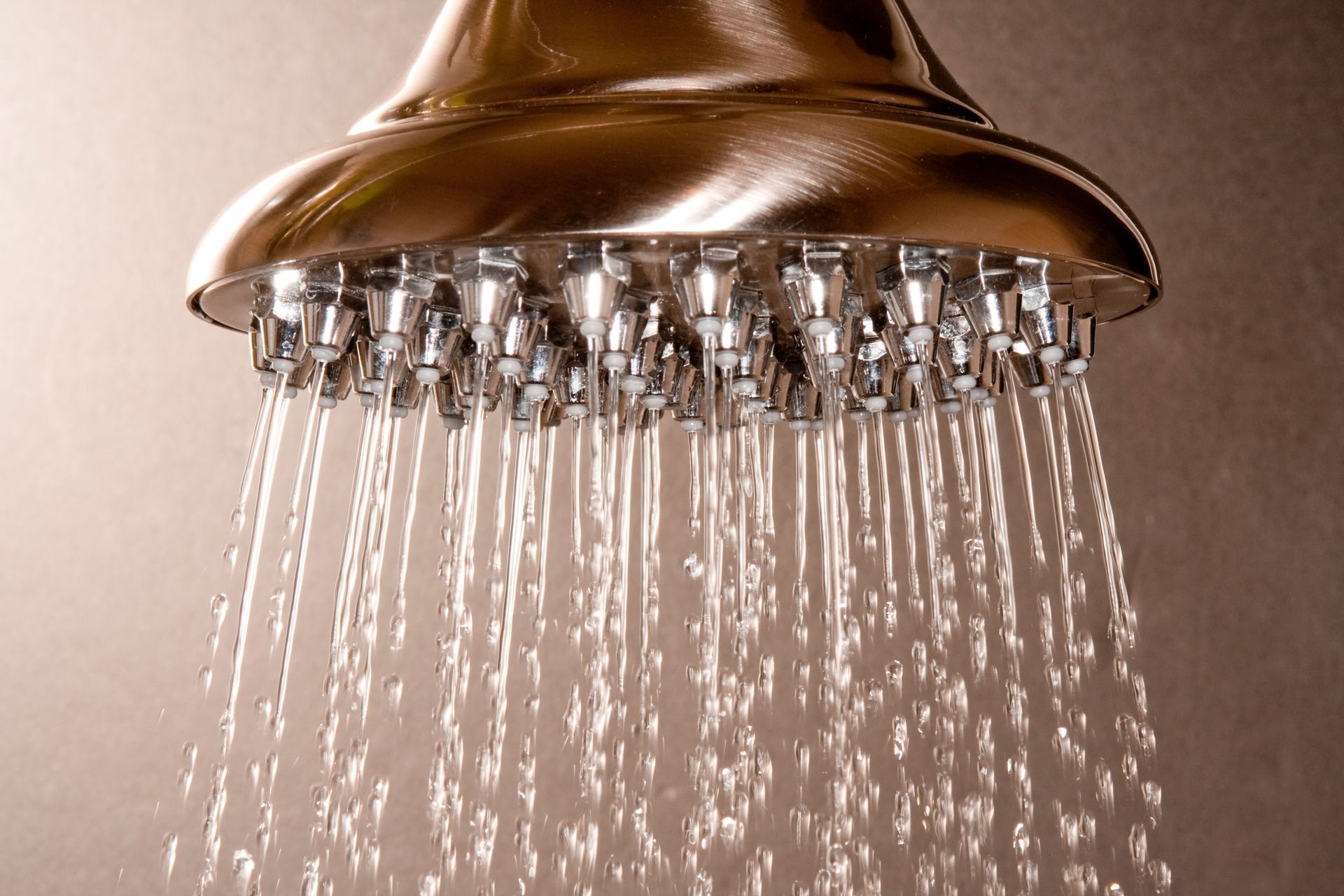
How Water is Delivered to Your Home
The journey of well water from the ground to your home involves several key components working in harmony. The well pump draws water from the aquifer and delivers it to the pressure tank, where it is stored and pressurized for use. This system ensures that when you turn on a tap, water flows consistently and at the right pressure.
This process underscores the importance of each component in ensuring a dependable and efficient water supply.
Pressure Tank
The pressure tank plays a pivotal role in maintaining consistent water pressure throughout your home. Using a pressurized bladder, the tank stores water and releases it as needed, reducing the frequency of pump activation and prolonging the pump’s lifespan.
The standard air pressure range for these tanks is typically between 40 to 60 psi, ensuring a steady flow of water whenever you need it.
Pressure Switch
The pressure switch is the brain of the well water system, signaling the pump to turn on or off based on the pressure levels in the pressure tank. The switch activates the pump when water pressure falls below a preset trigger pressure. This action refills the tank.
This component ensures a steady water supply and prevents the pump from running unnecessarily, enhancing the system’s overall efficiency and longevity.
Ensuring Water Quality
High water quality is crucial for any well water system. Regular testing and proper filtration are important steps to ensure your water is safe for consumption and use. Checking for contaminants such as bacteria, nitrates, and pH levels can reveal potential problems early, enabling timely intervention.
Additionally, installing a suitable filtration system can further purify your water, making it clean and delicious.
Water Testing
Annual water testing is a must for well owners to ensure their water tested remains safe and potable. Utilizing EPA-certified laboratories for comprehensive testing can provide accurate results and peace of mind.
Testing for pH levels and minerals is particularly important, as it can reveal imbalances that may affect water quality and safety.
Filtration Systems
Several types of filtration systems are available to address various contaminants in well water. Common options include UV disinfection systems, sediment filters, and a reverse osmosis system. Choosing the right system depends on the specific contaminants present in your water, which can be determined through regular testing.
Proper filtration not only improves drinking water quality but also enhances its taste and safety.
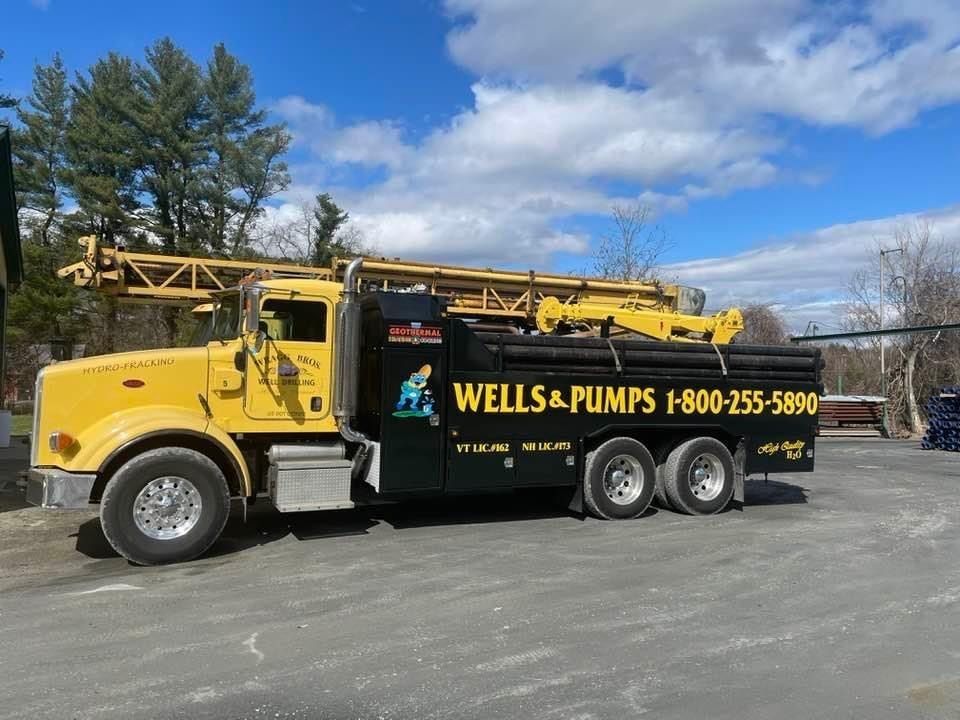
Maintenance Tips for Well Water Systems
Regular maintenance is key to ensuring the longevity and efficiency of your well water system. This includes routine inspections, cleaning, and professional servicing to address any potential issues before they escalate. Adhering to local regulations and guidelines can also help maintain system integrity and safety.
Proactive maintenance guarantees a continuous and dependable water supply.
Regular Inspections
Regular inspections of your well water system are crucial for early detection of issues and ensuring optimal performance. Examining well pumps and pressure tanks can prevent water supply disruptions and save on costly repairs.
By keeping a close eye on your system, you can address minor problems before they become major headaches.
Professional Servicing
Engaging a licensed contractor for regular well inspections and servicing can enhance the efficiency and safety of your system. Professionals can perform comprehensive checks on pump flow, valves, and electrical systems, ensuring everything operates smoothly.
Maintaining filtration systems regularly is also vital for their ongoing effectiveness against contaminants. Professional servicing supports both the efficiency and longevity of your well water system.
The Benefits of Using Well Water
Before: Well water offers numerous benefits, from cost savings to enhanced water quality. By using well water, homeowners can eliminate monthly water bills and gain independence from municipal water supplies. Additionally, well water often contains beneficial minerals that can improve health and enhance the taste of the water.
After: Well water offers numerous benefits, including:
- Cost savings by eliminating monthly water bills
- Independence from municipal water supplies
- Enhanced water quality with beneficial minerals that can improve health and taste
Recognizing these advantages enhances appreciation for your well water system.
Nutrient-Rich Water
Well water is often rich in essential minerals like calcium and magnesium, which are beneficial for health. These minerals can improve bone health, skin conditions, and overall hydration.
Compared to city water, well water’s natural mineral content can make it a healthier and more palatable choice for your household.
Cost Savings
One of the most significant benefits of using well water is the cost savings. By eliminating the need for a monthly water bill, homeowners can save a considerable amount of money over time. While the initial installation of a well may involve some costs, the long-term financial benefits far outweigh these expenses.
With rising city water rates, well water becomes an increasingly attractive option.
Independence
Having a private well provides independence from municipal water supplies, which can be unreliable during emergencies or natural disasters. By implementing backup systems like generators, homeowners can ensure continuous access to water, even during power outages.
This independence brings peace of mind and security, knowing that your water supply is always within your control.
Potential Drawbacks and Solutions
While well water systems offer many benefits, there are some potential drawbacks to be aware of. Issues such as hard water, contamination risks, and power outages can affect the quality and reliability of your water supply.
However, these challenges can be addressed with the right solutions, ensuring that you enjoy all the benefits of well water without the downsides.
Hard Water Issues
Hard water, characterized by high levels of calcium and magnesium, can cause limescale buildup and damage appliances. Installing a water softener is an effective solution, as it removes these minerals and prevents the associated problems.
Resolving hard water issues protects your plumbing and appliances, ensuring efficient operation and longevity.
Contamination Risks
Contamination risks are a concern for well water systems, especially if the well is improperly sealed or maintained. Regular water testing can help identify contaminants like silt, debris, and high iron levels, allowing you to take corrective action.
Proper installation and maintenance of well components significantly reduce contamination risks, ensuring your water remains safe and clean.
Power Outages
Power outages can disrupt water supply from well systems, as the pumps require electricity to operate. To mitigate this risk, consider installing a backup generator to keep your pump running during outages.
Having additional water storage tank offers a buffer during emergencies, ensuring continuous access to clean water.
Summary
Understanding the inner workings of a well water system can empower you with the knowledge needed to maintain a reliable and efficient water supply. From the depths of aquifers to the faucets in your home, each component plays a vital role. Regular maintenance and professional servicing ensure your system operates smoothly, while the benefits of nutrient-rich, cost-effective well water make it a valuable resource. Embrace the independence and reliability of well water, and ensure your system remains in top condition for years to come.
Frequently Asked Questions
How often should I test my well water?
You should test your well water at least once a year to keep it safe and free from contaminants. Regular testing helps you stay on top of any potential issues.
What are the common signs of well water contamination?
Cloudy or muddy water is a telling sign of well water contamination, often caused by silt or high iron levels. It's a good idea to test your water regularly to catch any problems early on.
How can I address hard water problems in my well water system?
To tackle hard water issues in your well water system, installing a water softener is your best bet—it'll eliminate calcium and magnesium, keeping your appliances safe from limescale. You'll notice a big difference in water quality!
What should I do if my well water system stops working during a power outage?
If your well water system stops during a power outage, installing a backup generator can keep your pump running, and having extra water storage on hand will help you get by until power is restored.
Why is regular professional servicing important for my well water system?
Regular professional servicing is crucial for your well water system because it keeps all components running smoothly and safely, which in turn enhances their lifespan and ensures you have clean, high-quality water. Don't overlook it—your well's health affects your family's health!
All Rights Reserved | Wragg Brothers Well Drilling

